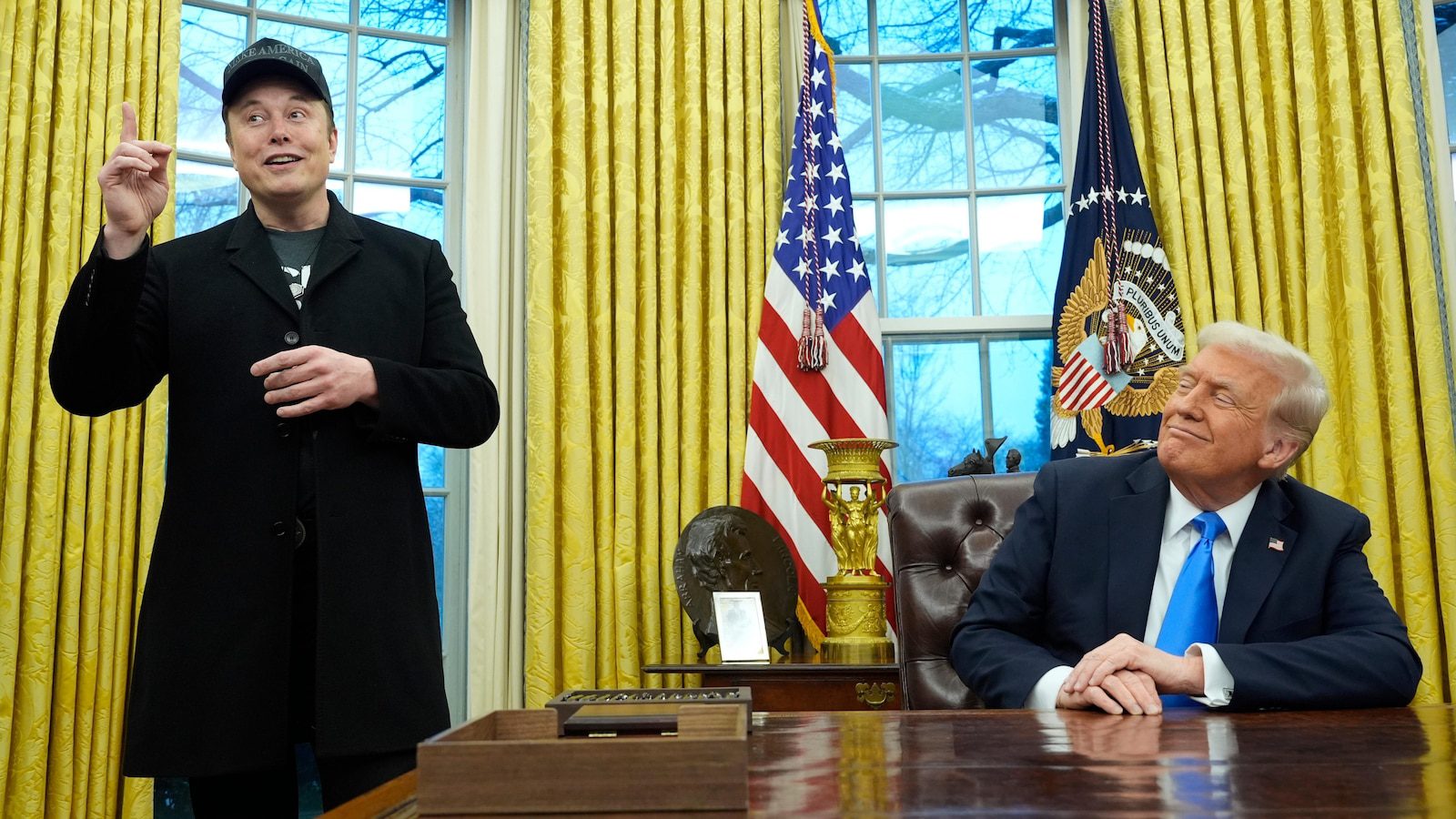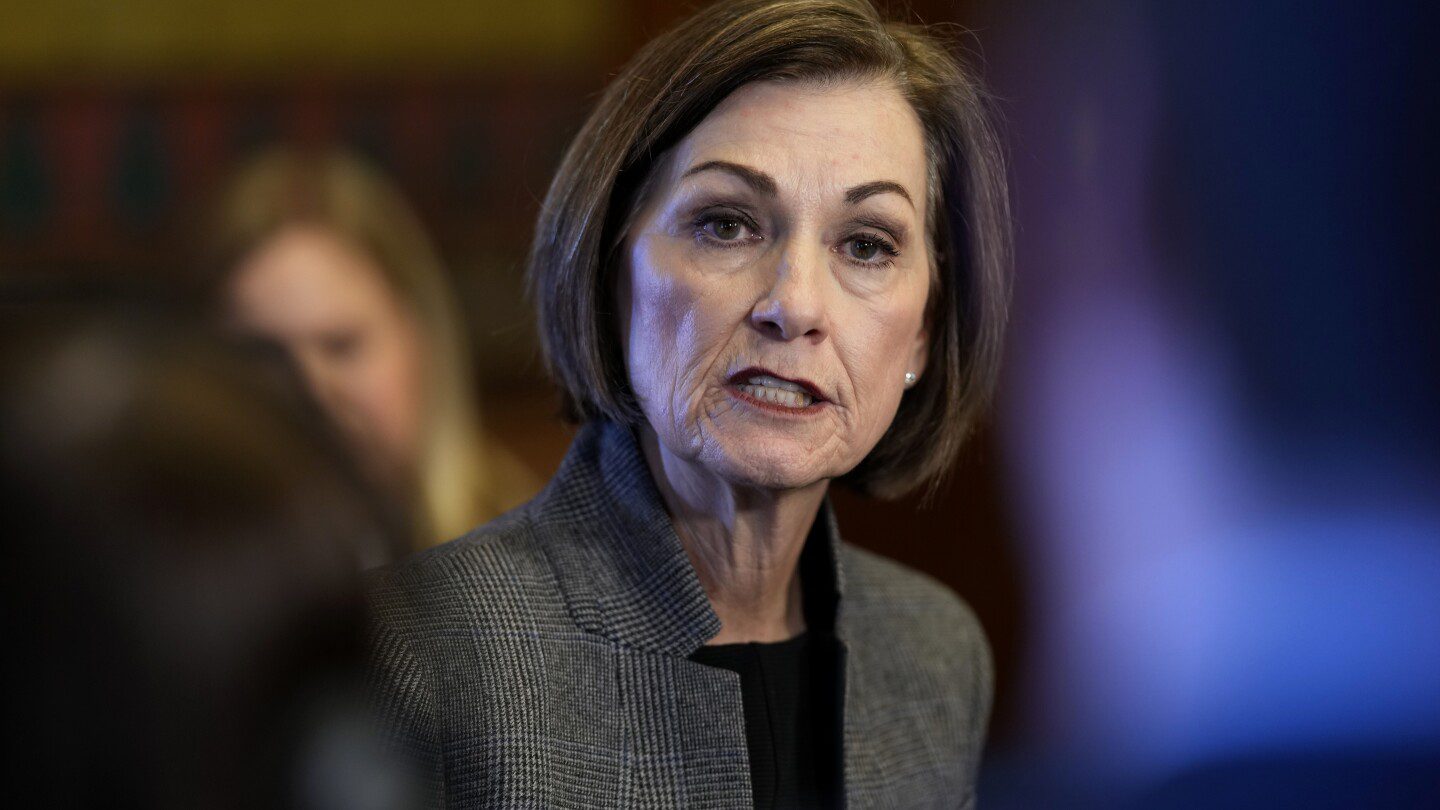
WASHINGTON — The Trump administration has reversed its decision to terminate hundreds of federal employees engaged in the country’s nuclear weapons programs, resulting in confusion among staff and raising concerns from experts about the potential risks associated with abrupt budget cuts.
According to three U.S. officials who spoke with The Associated Press, approximately 350 employees of the National Nuclear Security Administration (NNSA) were unexpectedly dismissed late Thursday, with some even losing access to their email accounts before being informed of their termination. Others arrived at work on Friday only to discover they had been locked out. The officials requested anonymity due to fear of retaliation.
One of the most significantly affected locations was the Pantex Plant in Amarillo, Texas, which experienced cuts affecting around 30% of its workforce. These employees handle the delicate task of reassembling warheads, a responsibility that requires the highest security clearance within the nuclear weapons framework.
The layoffs at NNSA were part of a larger initiative impacting around 2,000 positions within the Department of Energy.
Daryl Kimball, executive director of the Arms Control Association, remarked, “The individuals from DOGE lack an understanding of the critical functions these departments serve. They appear to overlook the fact that this is more about nuclear safety than mere energy concerns,” referring to Elon Musk’s team focused on government efficiency.
By late Friday, acting NNSA director Teresa Robbins circulated a memo reversing the termination of nearly all but 28 of the dismissed employees.
The memo stated, “This letter serves as formal notification that the termination decision issued to you on Feb. 13, 2025 has been rescinded, effective immediately,” as reported by the AP.
However, this contradicts an official Department of Energy statement, which suggested that fewer than 50 NNSA employees were terminated, characterizing them as “probationary employees” in administrative roles.
The reality was markedly different, prompting a senior NNSA staff member to express concern and urge action.
“This is a critical moment for us. We must determine if we are genuinely committed to taking a leadership role globally or if we are willing to weaken the very structures that secure our nation’s future,” wrote deputy division director Rob Plonski on LinkedIn. “Reducing the federal workforce responsible for these tasks can be perceived as reckless and potentially opportunistic.”
While some of the dismissed employees focused on energy efficiency and climate change—issues de-prioritized by the Trump administration—many others managed critical nuclear responsibilities, including overseeing radioactive waste sites to prevent local contamination.
This includes the Savannah River National Laboratory in South Carolina; the Hanford Nuclear Site in Washington state, where personnel monitor 177 high-level waste tanks from past plutonium production; and the Oak Ridge Reservation in Tennessee, a Superfund site where initial Manhattan Project work was conducted.
Democrats Rep. Marcy Kaptur of Ohio and Sen. Patty Murray of Washington condemned the firings as “callous and hazardous.”
Many reinstated NNSA staff have expressed uncertainty about returning to work, given the instability introduced by DOGE’s actions.
Numerous federal employees dedicated to the nuclear program had devoted their entire careers to the mission, and a recent wave of retirements has cost the agency valuable institutional knowledge.
Currently, the agency is in the midst of a significant nuclear weapons modernization plan, valued at $750 billion, which includes advancements in land-based intercontinental ballistic missiles, stealth bombers, and submarine-launched warheads. Consequently, the labs have been undertaking extensive hiring; in 2023, 60% of employees had been with the agency for five years or less.
Edwin Lyman, director of nuclear power safety at the Union of Concerned Scientists, indicated that the layoffs could disrupt the organization’s operations and instill a sense of instability regarding the nuclear program both domestically and internationally.
“The message to U.S. adversaries is unmistakable: create chaos within the national security framework,” he remarked. “This could ultimately serve the interests of those who oppose the United States.”









